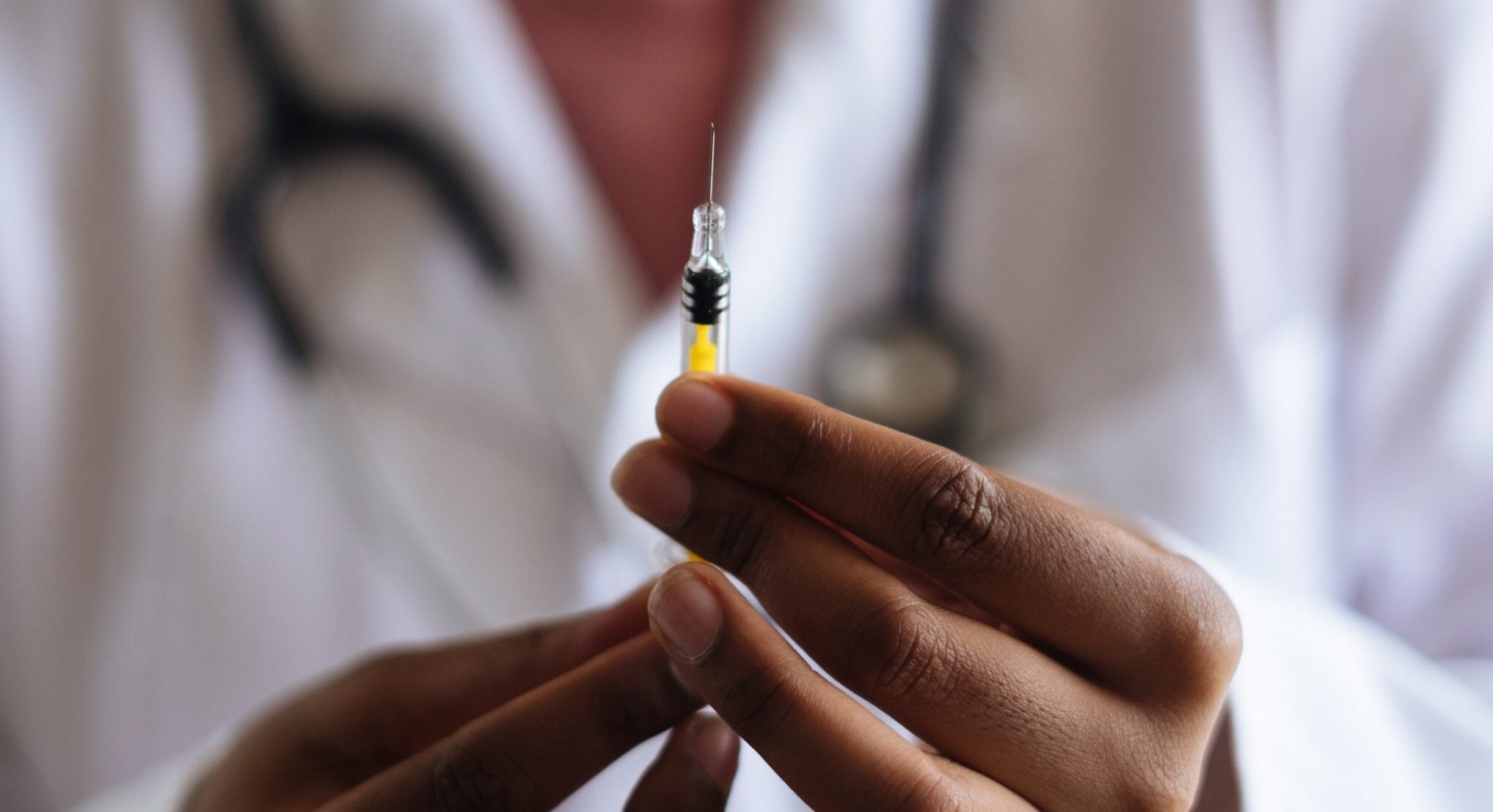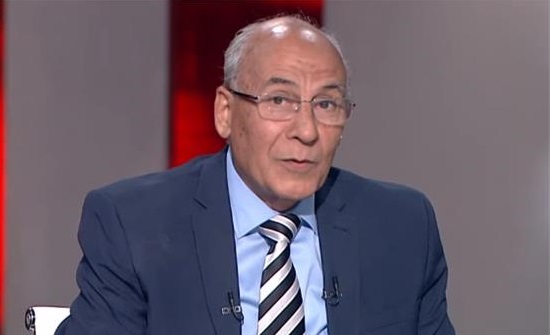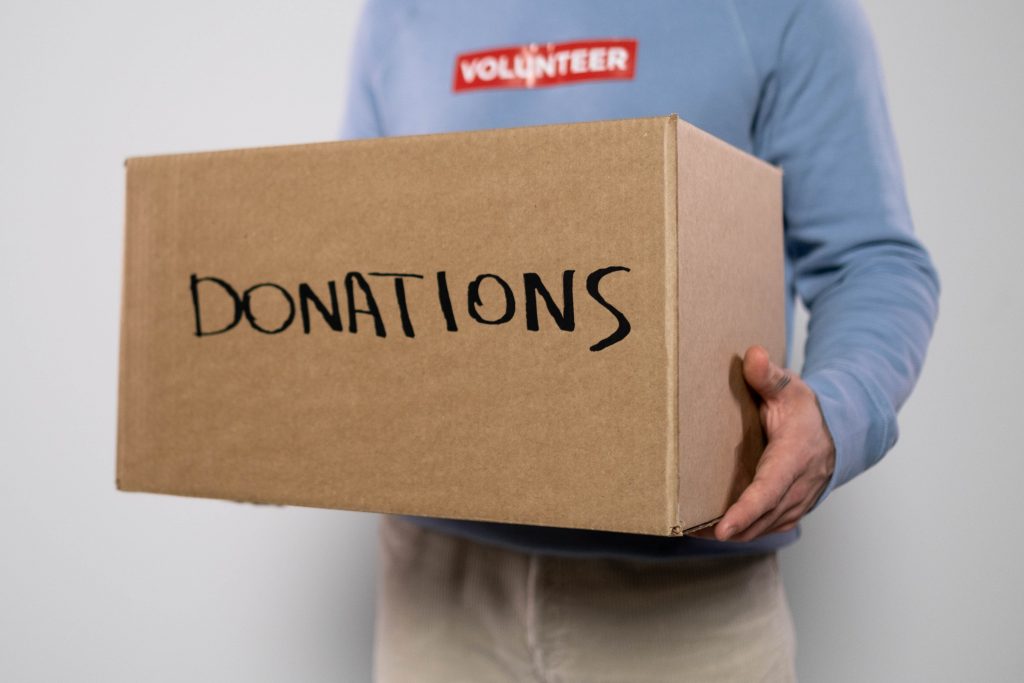Heralded as a “milestone in global health” by World Health Organization (WHO) Director-General Tedros Adhanom Ghebreyesus in mid-December, the United Nations’ global vaccine partnership COVAX has lined up nearly 2 billion doses of existing and candidate vaccines for use worldwide.

The 190-nation initiative seeks to ensure that all countries have equal access to coronavirus vaccines, with the initial delivery of some shots in the first quarter of 2021. According to the WHO, COVAX has agreements in place to access nearly 2 billion doses of several COVID-19 vaccine candidates. The deal lays the groundwork to secure additional amounts.
The United States is leading the global charge in vaccine manufacturing, distribution, and eventual adoption. Other significant players include China, Russia, and the United Kingdom, which are producing their own. However, there are substantial concerns over vaccines’ overall efficacy in ultimately alleviating economic downturns.
“Going forward, I’m not pessimistic… Eventually, we’ll get through this. But we should not be under the illusion that it will happen fast, it will take some time,” UBS Chairman Axel Weber told CNBC in November. “It would be at least a year to go back to pre-crisis levels of GDP. It’ll take another year or two to be anywhere near getting unemployment and pre-crisis growth back.”
The international community looks to the U.S. as a bellwether for how the adoption of a vaccine might unfold. “The extent of improvement in COVID-19 cases by spring will depend crucially on actions taken between now and then,” Johns Hopkins epidemiologist Caitlin Rivers told the Wall Street Journal in December. There will likely still be “millions of people out of work and many Americans’ finances will be in horrible straits. But things will look better than they do now, and that will be a start.”
Warp speed
Under a program dubbed “Operation Warp Speed” by the Trump administration in mid-July, the federal government has invested in six promising vaccines. There are also various agreements to finance clinical trials, large-scale manufacturing, and distribution of COVID-19 vaccines.
One of those agreements is with Pfizer and German BioNTech. It is a “$1.95 billion deal [that] would finance the production and nationwide delivery of 100 million doses of the vaccine,” wrote Emily Barone for Time in December. Other pharmaceutical heavyweights, including Johnson & Johnson, AstraZeneca, and Moderna (whose vaccine was approved by the FDA in mid-December), all received U.S. government funding and entered into approval-based acquisition agreements similar to Pfizer’s.
On December 11, the U.S. Food and Drug Administration (FDA) granted Emergency Use Authorization (EUA) for the vaccine developed by Pfizer and BioNTech, making it the first in the U.S. to get the go-ahead from the FDA. However, with recipients needing two doses taken three weeks apart, this initial batch of the Pfizer-BioNTech vaccine is only enough to inoculate 50 million Americans out of a population of approximately 328 million.
“The government… secured 900 million doses [from] all six companies, which is more than enough for the U.S. population, assuming they all produce a winner,” she continued. Accordingly, the world is closely watching the early adoption stages of the vaccine variants regarding their deployment, accessibility, and, most crucially, their efficacy.
Cautious optimism
Pfizer and BioNTech have promised 50 million doses in 2020 and 1.3 billion more in 2021. Yet, there still is an arduous path to comprehensive vaccination of the world’s 7.5 billion people. “We’ve been waiting for some good news for some time now … And the latest news has been really received well by the market. But you have to take this with a grain of salt,” Weber of UBS cautioned on CNBC. “The disappointing part of the news was that the much lower-than-expected number of vaccinations that can be produced in a year, and if you look at the rollout that will happen, it’s going to take some time.”
Commenting on the economic implications of the initial vaccine rollout, Weber noted it would mainly “eliminate some tail risks, but that it would be a long haul before we get anything… close to what people call mass immunity.”
Writing for Business Insider in December, Cornell Law School Professor Daniel Alpert noted: “Given the encouraging news on the development of highly effective vaccines, it is very likely… that the massive logistical feat will be accomplished in the first half of next year. Market enthusiasm echoes my own optimism regarding the potential end of the COVID-19 pandemic.”
Nevertheless, Alpert, like most other analysts, does not see early vaccine implementation “immuniz[ing] market economies against the renewed recession likely to arrive during 2021.”

Protecting the markets
The unprecedented scale of economic calamity is most evident in “retail, air transportation, hospitality, restaurants, other leisure activities, and commercial real estate,” said Alpert. Those sectors collectively employ between 25 to 30 percent of all U.S. private-sector workers. They “are going to experience enormous pressure due to changes in consumer and business behavior unrelated to either disease or … economic recession,” stressed Alpert.
As Paul Hannon and David Harrison reported for the Wall Street Journal, “While a successful vaccine could indeed give the economy a shot in the arm in 2021… it will take longer to heal from a historic blow to jobs, investment and businesses.” However, the current surge in infections in much of the West World may complicate the task.
Additionally, it could be several months before enough people receive the vaccine to ease extensive lockdown measures across much of the developed world. Accordingly, sectors like hospitality and entertainment will “endure months of weak demand.”
In the U.S., “authorities have generally avoided new measures that are as strict as European ones, and the economy is expected to continue to grow, albeit at a slower pace,” wrote Hannon and Harrison. News of the vaccine “hasn’t immediately shortened expectations for the time it will take the U.S. and European economies to return to their pre-pandemic size,” they added, predicting that pre-pandemic recovery won’t happen until 2022.
Unfortunately, “many of the industries most affected by the pandemic — airlines, hospitality, retail — won’t fully recover until it is once again safe for people to congregate in proximity, which will only happen once millions of people have been vaccinated. Bars, restaurants and hotels by themselves account for more than a quarter of the roughly 10 million jobs lost between February and October,” according to the Labor Department, as reported in the Wall Street Journal.
However, some point to the fact there is a possibility that by mid-2021, the U.S. unemployment rate (which peaked at 14.7 percent in March) could return to the historical lows of 3.5 percent seen in February. “Potentially, you get a lot of the way back next year with the vaccine. Not only do you have faster growth, but that growth is more skewed to the services sector,” said Michael Pearce, senior U.S. economist at Capital Economics. “In terms of jobs, you’re probably looking at least at another couple of years.”
Uncharted territory
Citing a litany of possibilities, Justin Lahart of the Wall Street Journal contended that America’s economic growth could transition from tepid to “really good.”
According to UBS economist Seth Carpenter, “There will be a big turnaround in behavior.” In the U.S., a wide array of service businesses that have borne the brunt of the crisis could see demand return.
Lahart no6ted: “People who have been vaccinated may finally take that flight to see family. More schools will return to in-person learning, freeing time for parents to work.” Additionally, as COVID-19 numbers fall, people will likely start spending more freely. “Businesses, seeing where things are heading, will hire and spend in anticipation of customers’ return,” said Lahart.
But there is still the issue of Americans’ willingness to take the vaccine. Some concerns are currently surrounding the fast-tracked production, lack of widespread trials, side effects, and that this is uncharted territory.
A December Pew survey “suggested people have grown numb to our grim reality, or don’t accept the science that the vaccine is the only way out,” wrote Philip Elliott for Time. Back in May, “27 percent of Americans surveyed by Pew said they would either ‘probably’ or ‘definitely’ not get a vaccine,” noted Elliott. By November, that number reached 39 percent. A breakdown shows that those who said they definitely wouldn’t participate in a vaccination regime climbed from 11 to 18 percent, according to Elliott. Conversely, participants who said they planned to get the vaccine fell from 72 to 60 percent.
“The Mayo Clinic estimates 94 percent of the population needs immunity, either through antibodies or vaccines… to stop the chain of transmission of the virus,” wrote Elliott. “We are never going to get there without a shift in public opinion.” That may prove hard, according to Elliott, as public interest in a vaccine has shrunk, given conflicting news and findings over the past months.
Daniel Salmon, who headed the now-defunct National Vaccine Program Office, pointed out that the lack of unified oversight in the United States is another reason why some are worried about safety issues with the vaccines. “Efforts are underway to develop systems for monitoring COVID-19 vaccine safety, but it is not yet clear who is in charge,” stated Salmon in an op-ed on StatNews in November.
He, now the director of the Institute for Vaccine Safety at Johns Hopkins Bloomberg School of Public Health, said they need to swiftly investigate any vaccines because of their novelty and the uncertainty surrounding them. “If we don’t have the data quickly, it can derail the vaccine program,” he said. “It has to be rigorous, and it has to be credible.”







